
That Translator Can Cook: Warak Enab (Stuffed Grape Leaves)
Warak enab means ‘grape leaves’ in Arabic, but this dish is also commonly known as dolma, which is the singular term of this dish in Greek-usually the Greek stuffed grape leaves are referred to as dolmades (the plural term)…

That Translator Can Cook: Koshari
As NPR complains (affectionally, I’m sure) about “those pesky transliterations from Arabic script,” koshari can also be spelled ‘kushari’ or ‘koshari.’…

That Translator Can Cook: Harees
Harees is a very old recipe; variations of this porridge can be found in the 10th-century cookbook, Kitab al Tabikh…

That Translator Can Cook: Maftoul
In Arabic, the word “maftoul” comes from the root “fa-ta-la”, meaning to twist or to roll, which is how maftoul is made…

That Translator Can Cook: Malfouf (Stuffed Cabbage)
A lot of people don’t like cabbage because it stinks when you cook it, but cabbage is good for you…

That Translator Can Cook: Mombar
There are many similar yet distinct ways of stuffing sausage across North Africa and Southwest Asia…

That Translator Can Cook: Mutabbaq
Mutabar (muta meaning ‘egg’ and bar meaning ‘roti’) is the original name of this dish, but I’m not quite sure which language it is…

That Translator Can Cook: Maqluba
While the maqluba recipe can be found in a thirteenth-century Baghdad cookbook, it is mainly considered to be a Palestinian specialty…

That Translator Can Cook: Kousa Mahshi
I don’t really make this dish much in the US because the zucchinis and eggplants are not the right size for this dish…

That Translator Can Cook: Mujaddara
The word “mujaddara” means “pockmarked” in Arabic, which I’m guessing is due mujaddara’s appearance…

That Translator Can Cook: Lahm bi Ajeen/Sfiha
Lahm bi ajeen (lit. ‘meat with dough’) and sfiha seem to be almost the same recipe, except I see lahm bi ajeen is typically flat whereas sfiha’s corners tend to be pinched together…

That Translator Can Cook: Manakish
Manakish is also called “mana’ish” or “man’oushe”: man’oushe is the singular and mana’ish/ manakish is the plural…

That Translator Can Cook: Falafel vs. Ta’ameya
There is a heated debate concerning falafel: which is the best, ta’ameya or falafel? (Ta’ameya is the Egyptian name for its version of falafel that uses fava beans instead of garbanzo beans.)

That Translator Can Cook: Margat Bamya
A lot of the dishes that Iraqis cook today are quite similar to the ones that people cooked in ancient Mesopotamia and medieval times…
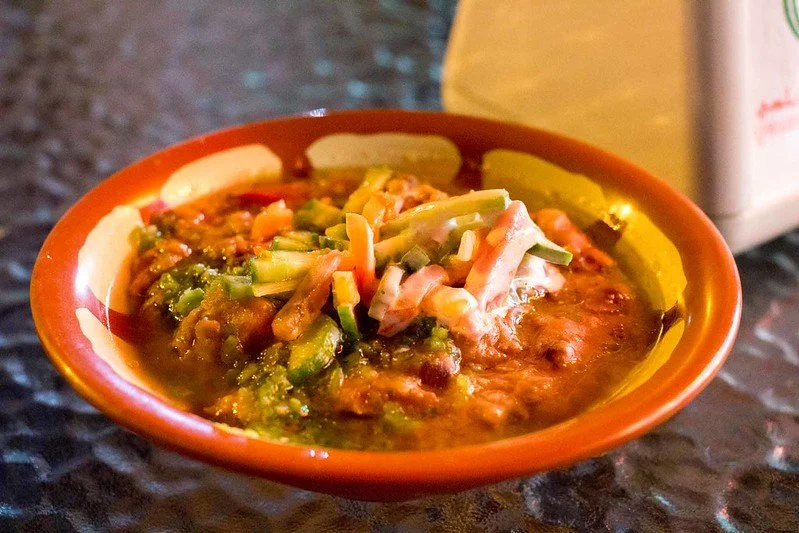
That Translator Can Cook: Ful Medames
According to some sources, fava beans [main ingredient of ful medames] can be traced back to ancient Egypt: “remnants of ful medames were uncovered in a number of the 12th Dynasty (1991-1786 B.C.) Pharonic tombs in Egypt.”…
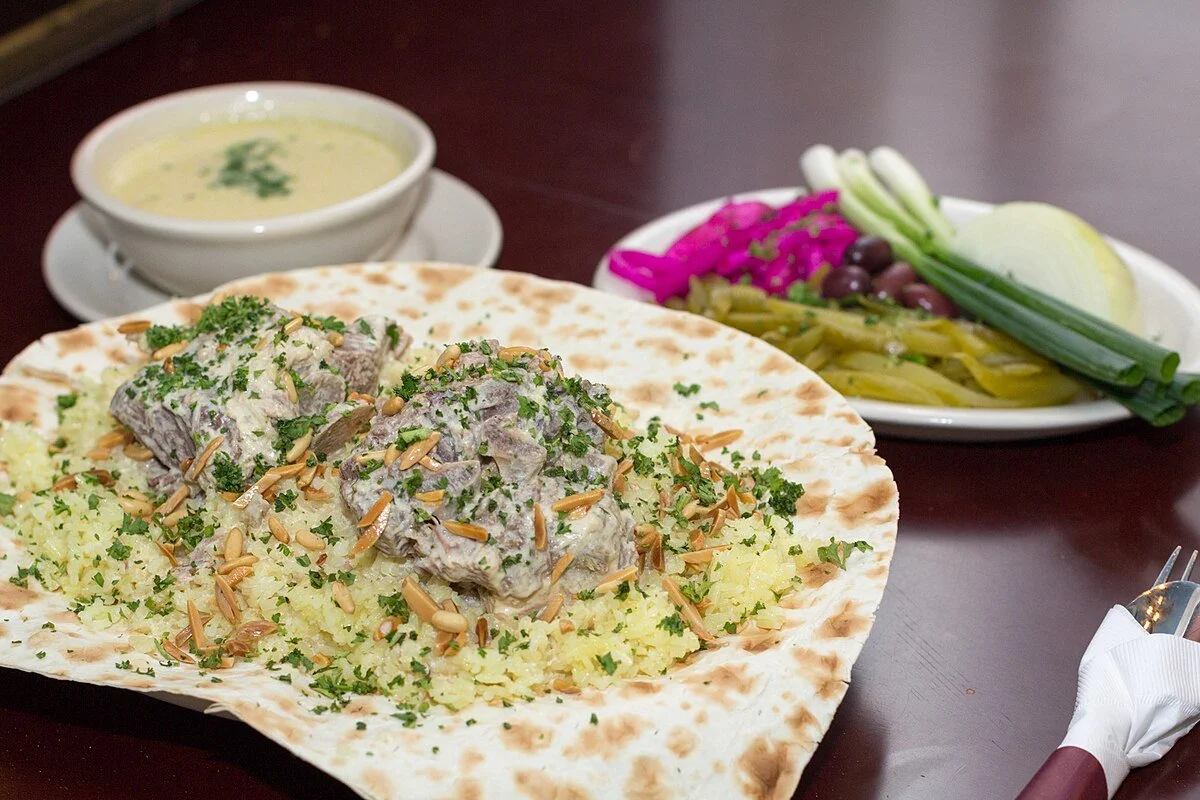
That Translator Can Cook: Mansaf
Mansaf is the national dish of Jordan because it’s rooted in Jordan’s Bedouin heritage, but mansaf is also popular in Palestine, Iraq, Syria, and Saudi Arabia with some slight variation in ingredients/preparation…
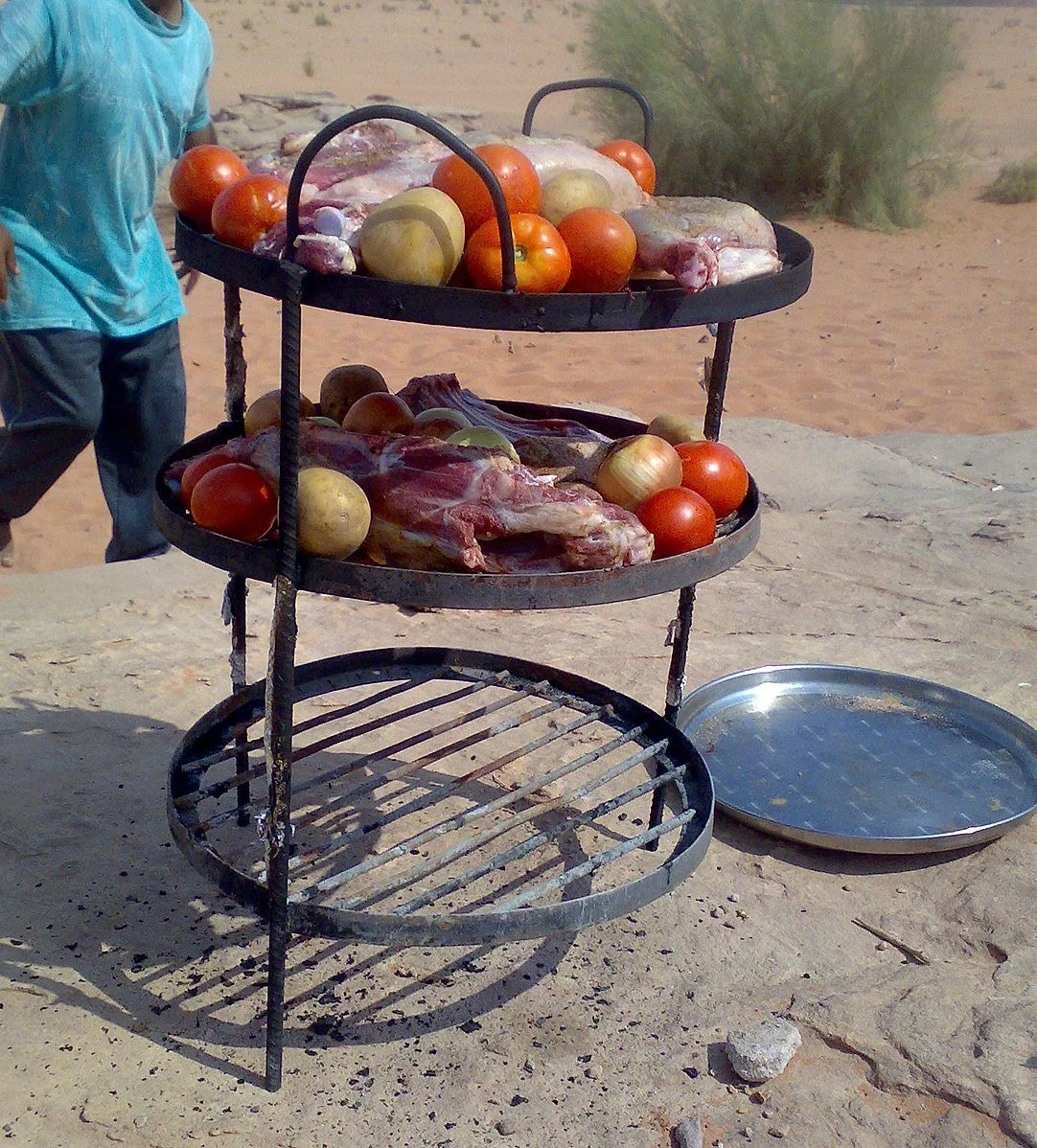
That Translator Can Cook: Zarb
The chicken and vegetables are laid out on racks and put into an oven in the ground that’s filled with hot coals…
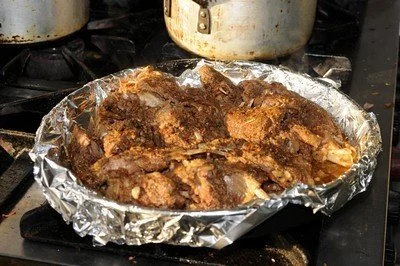
That Translator Can Cook: Shuwa
Shuwa derives from the Arabic verb ‘shawaa,’ which means “to grill.” This dish is considered “the cornerstone of Oman’s culture”…
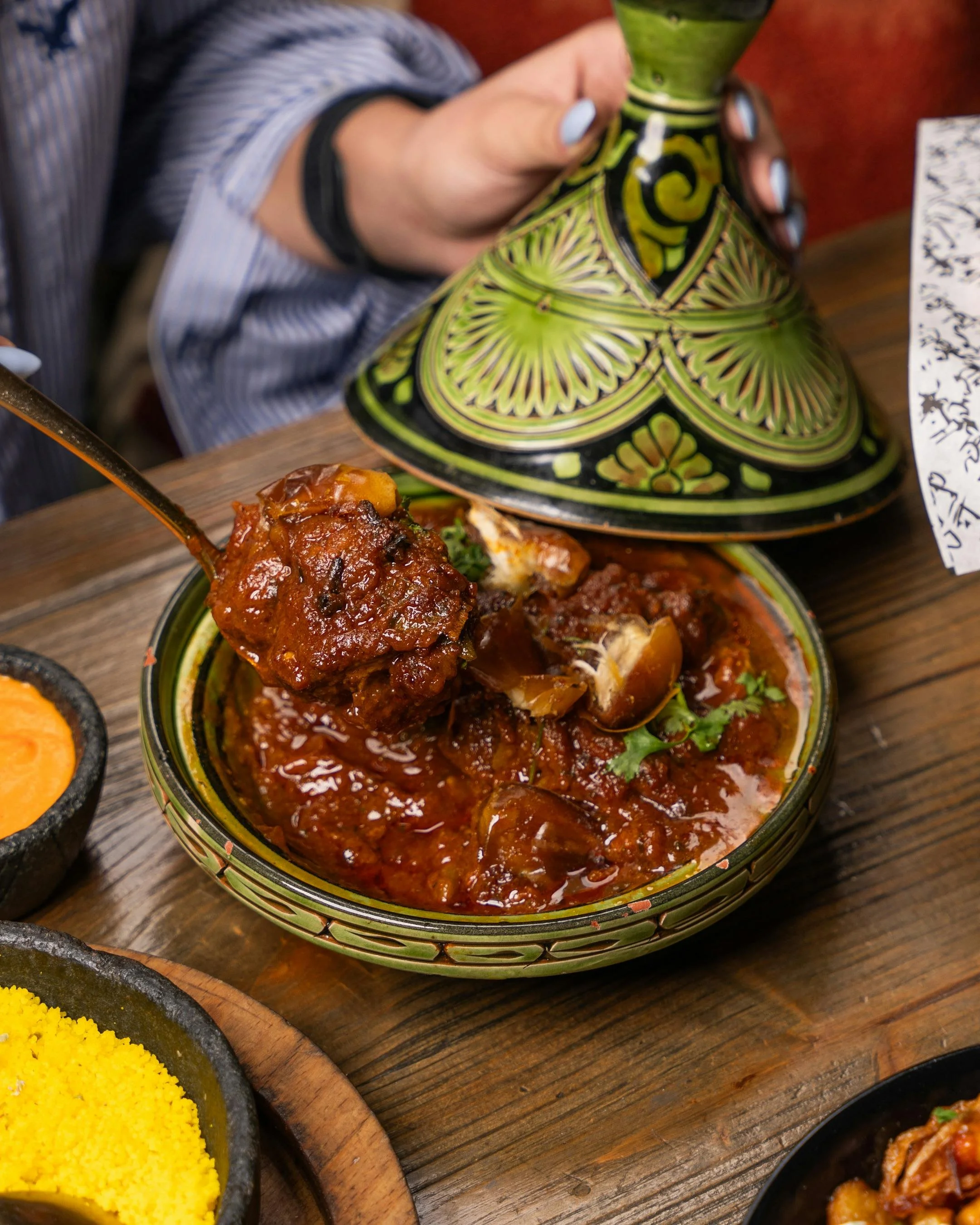
That Translator Can Cook: Tagine
Tagine can be found across North Africa, basically wherever the Imazighen lived, but I believe tagine is most popular in Morocco and can even be considered one of its national dishes…

That Translator Can Cook: Tharid
Tharid is said to be Prophet Muhammad’s favorite dish: “…And the superiority of A'ishah [his wife] to other women is like the superiority of tharid to other kinds of food" (Sahih Al Bukhari Volume 7, Book 65, Number 329)…
